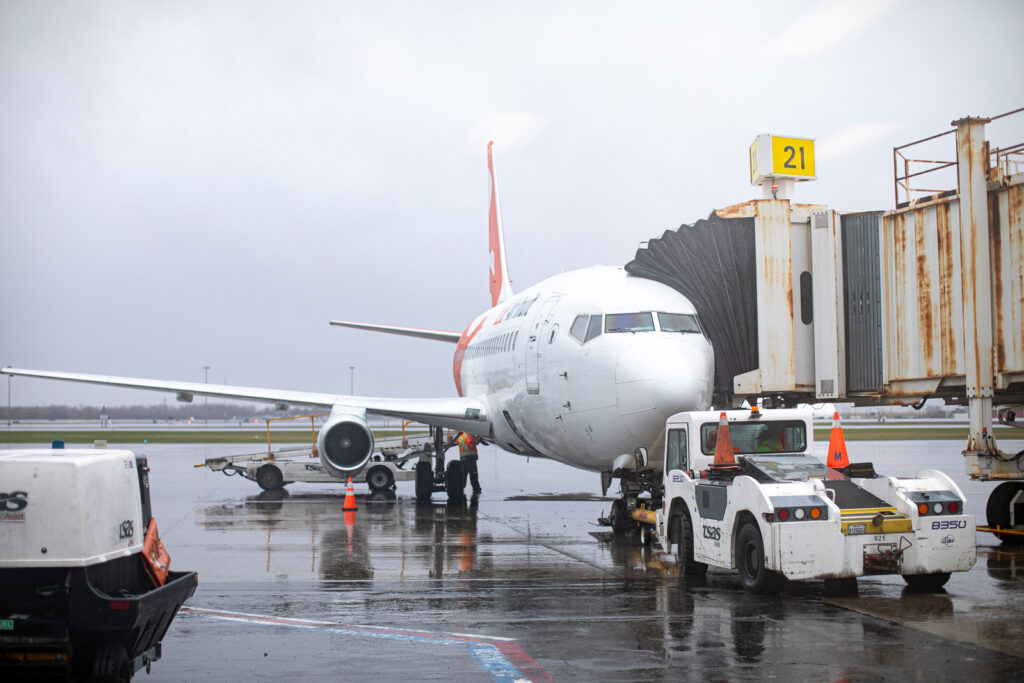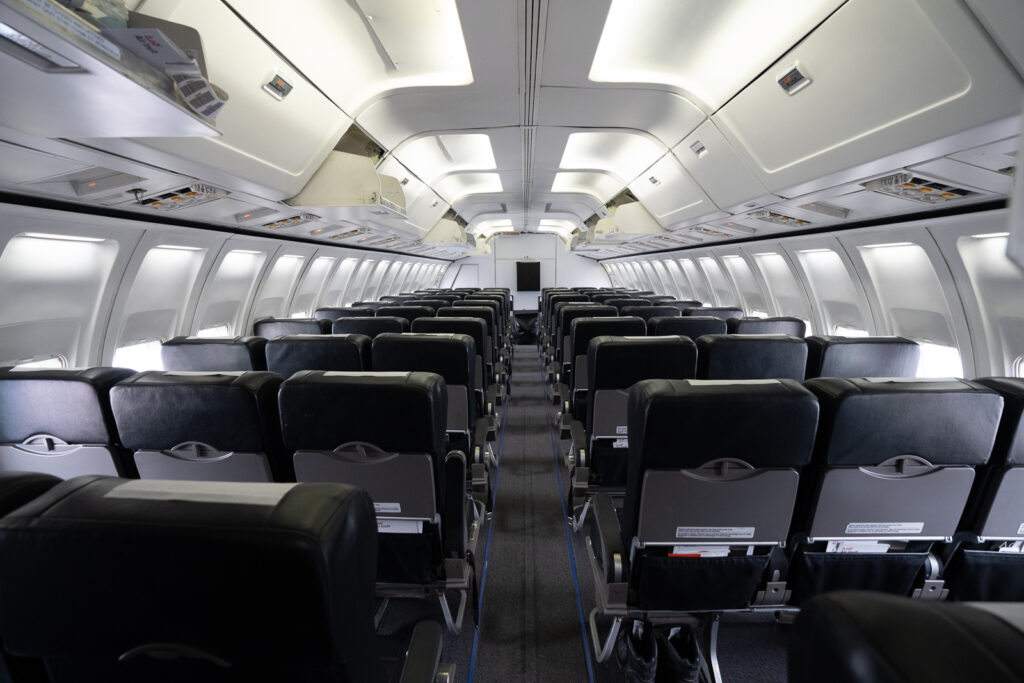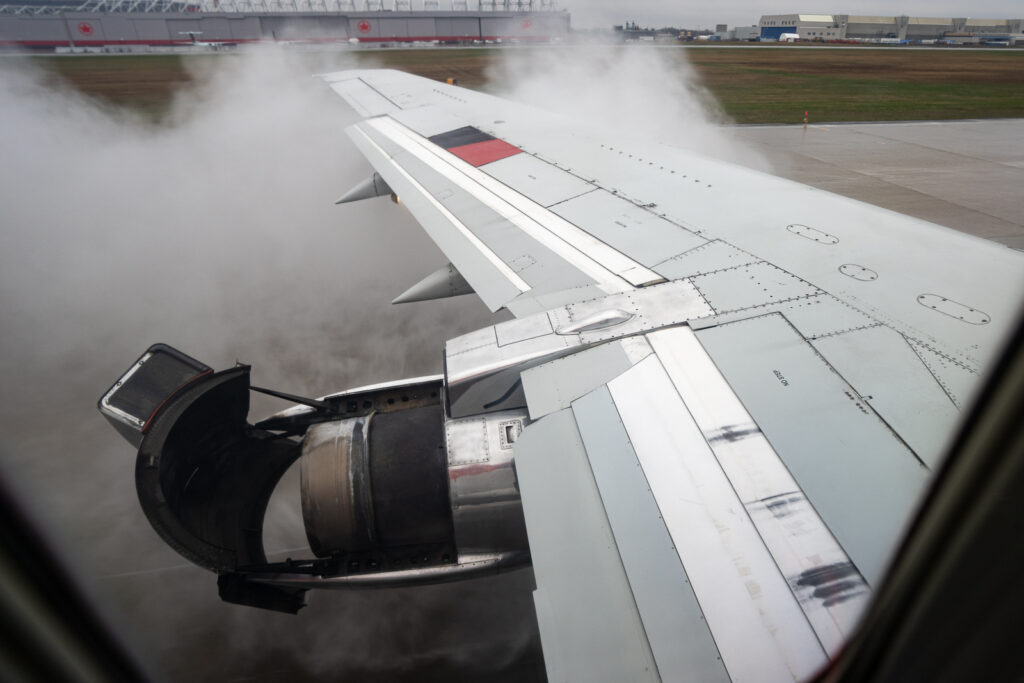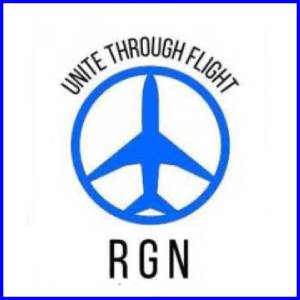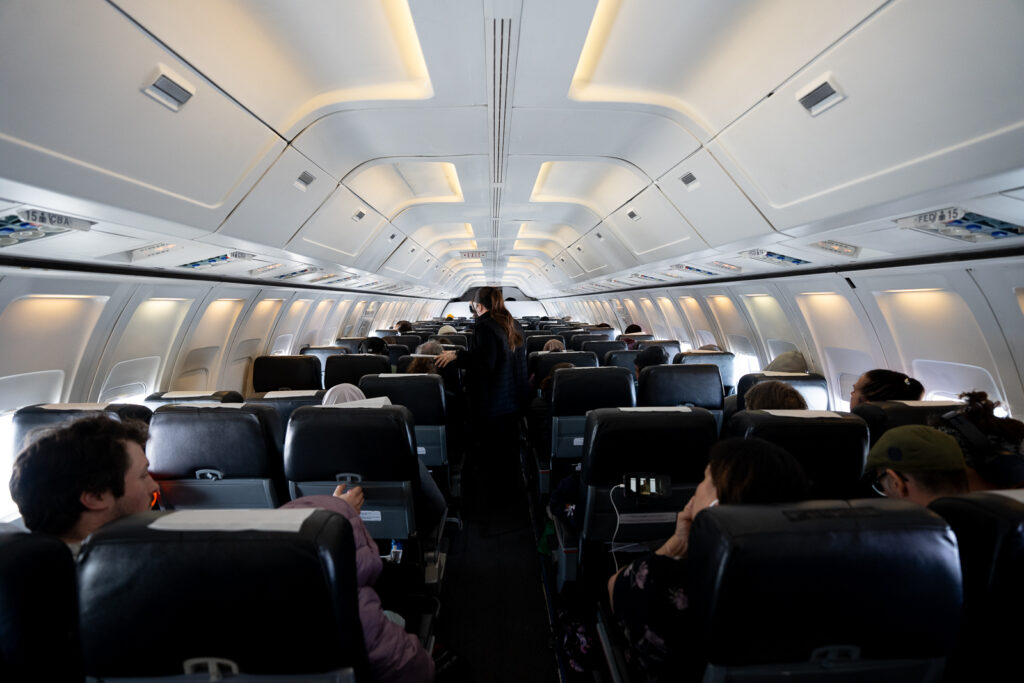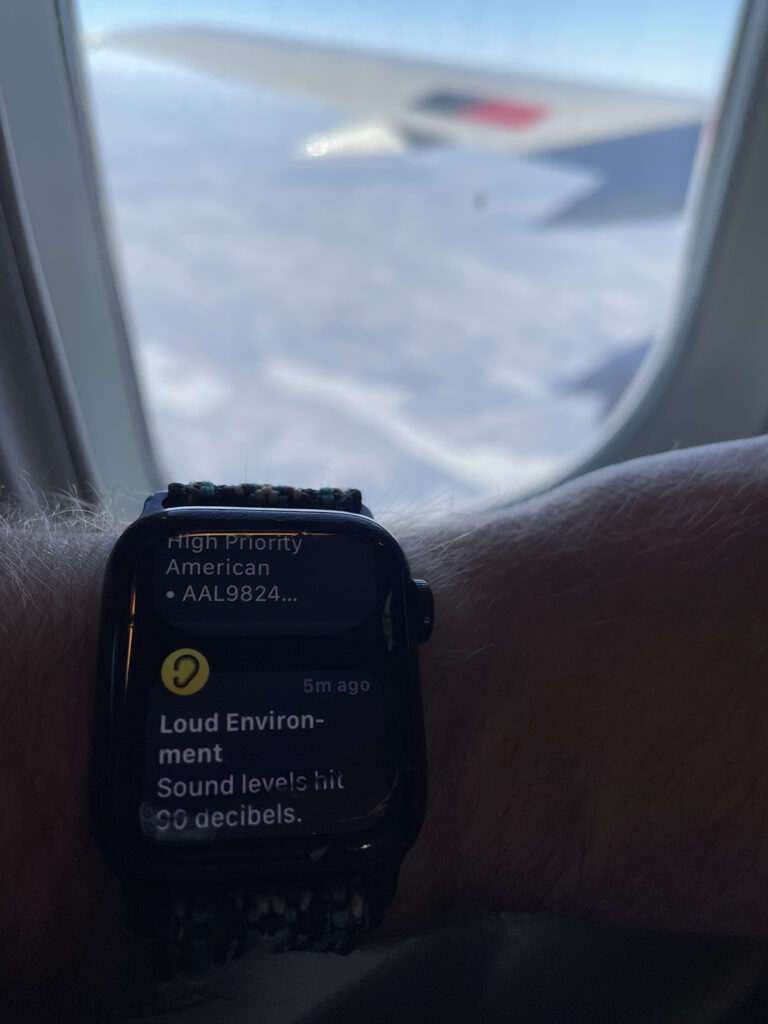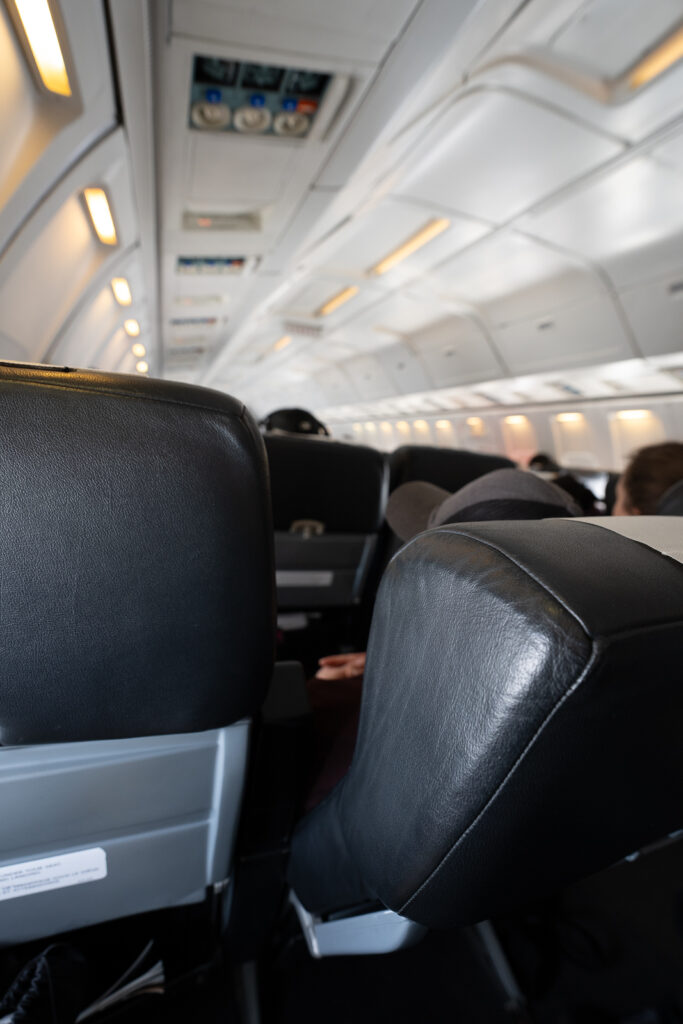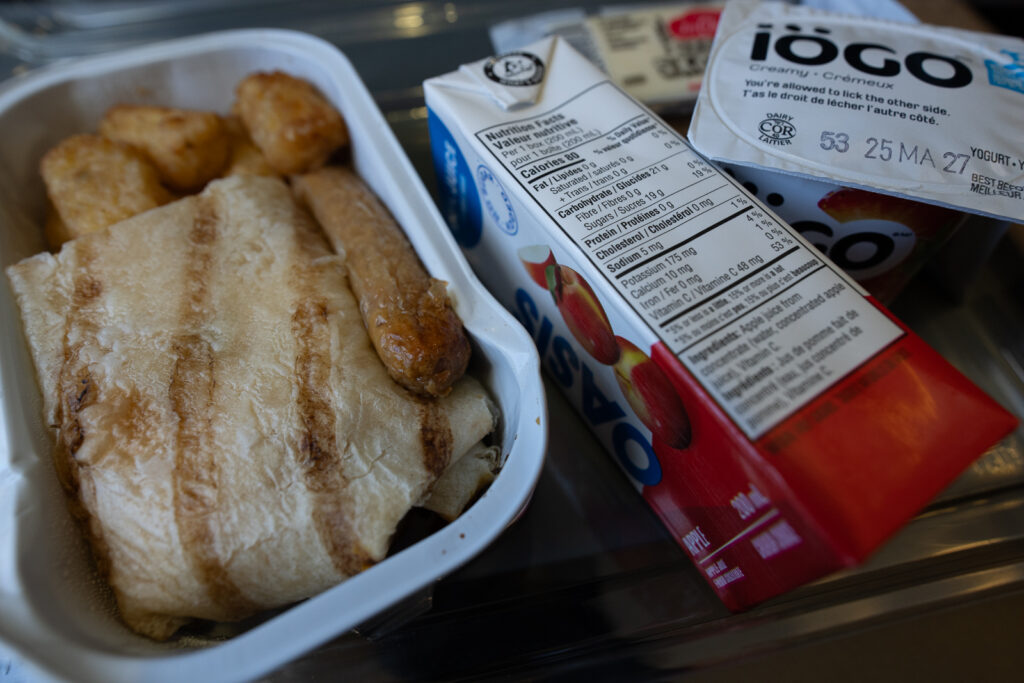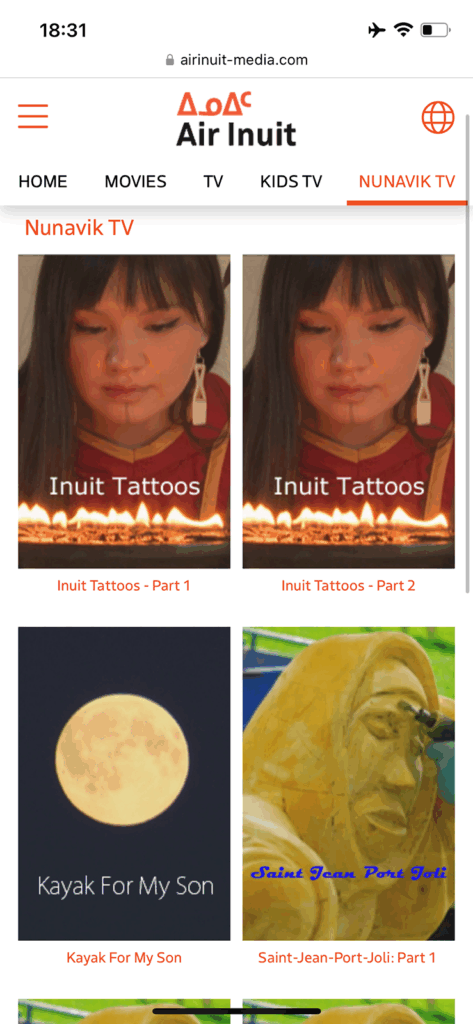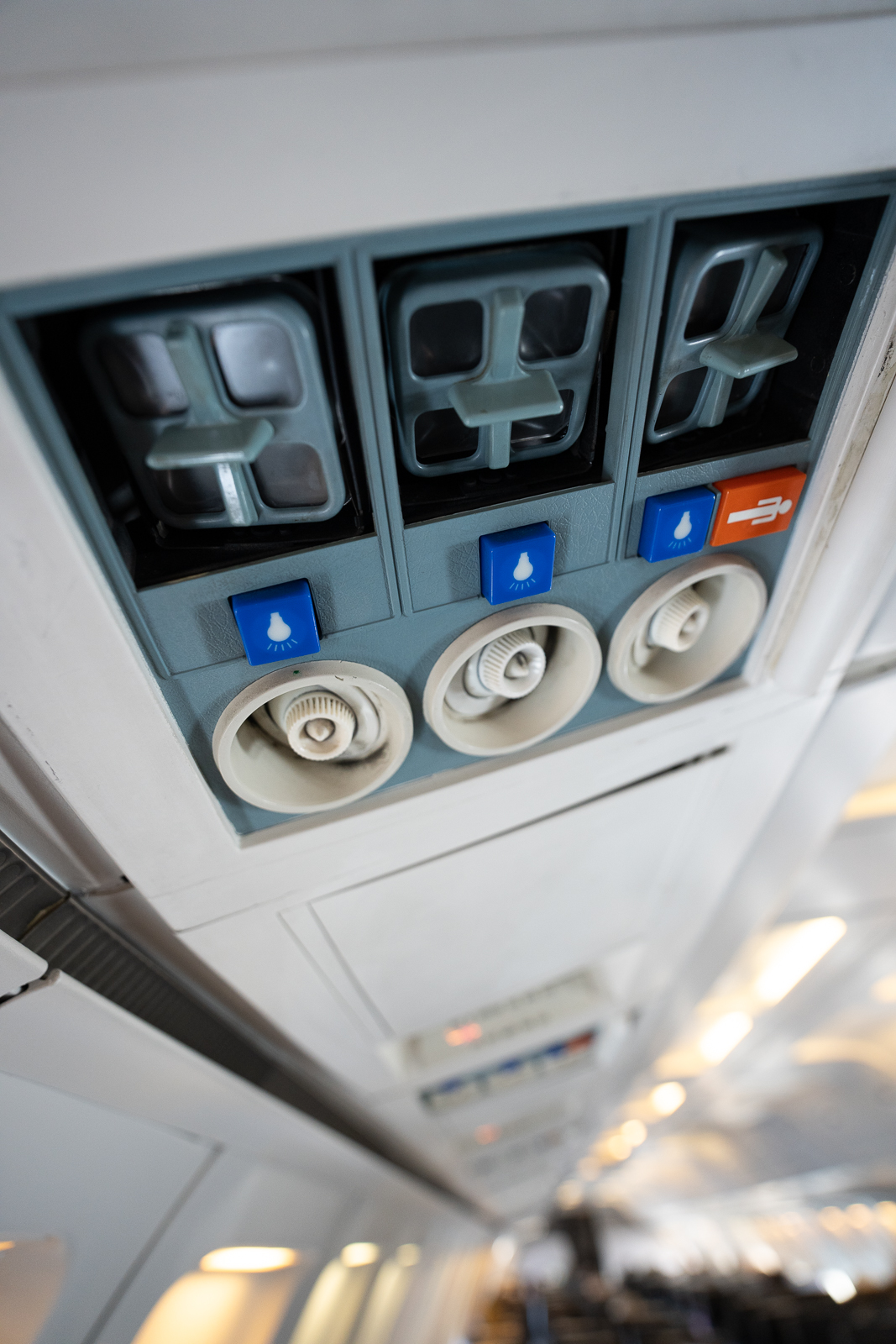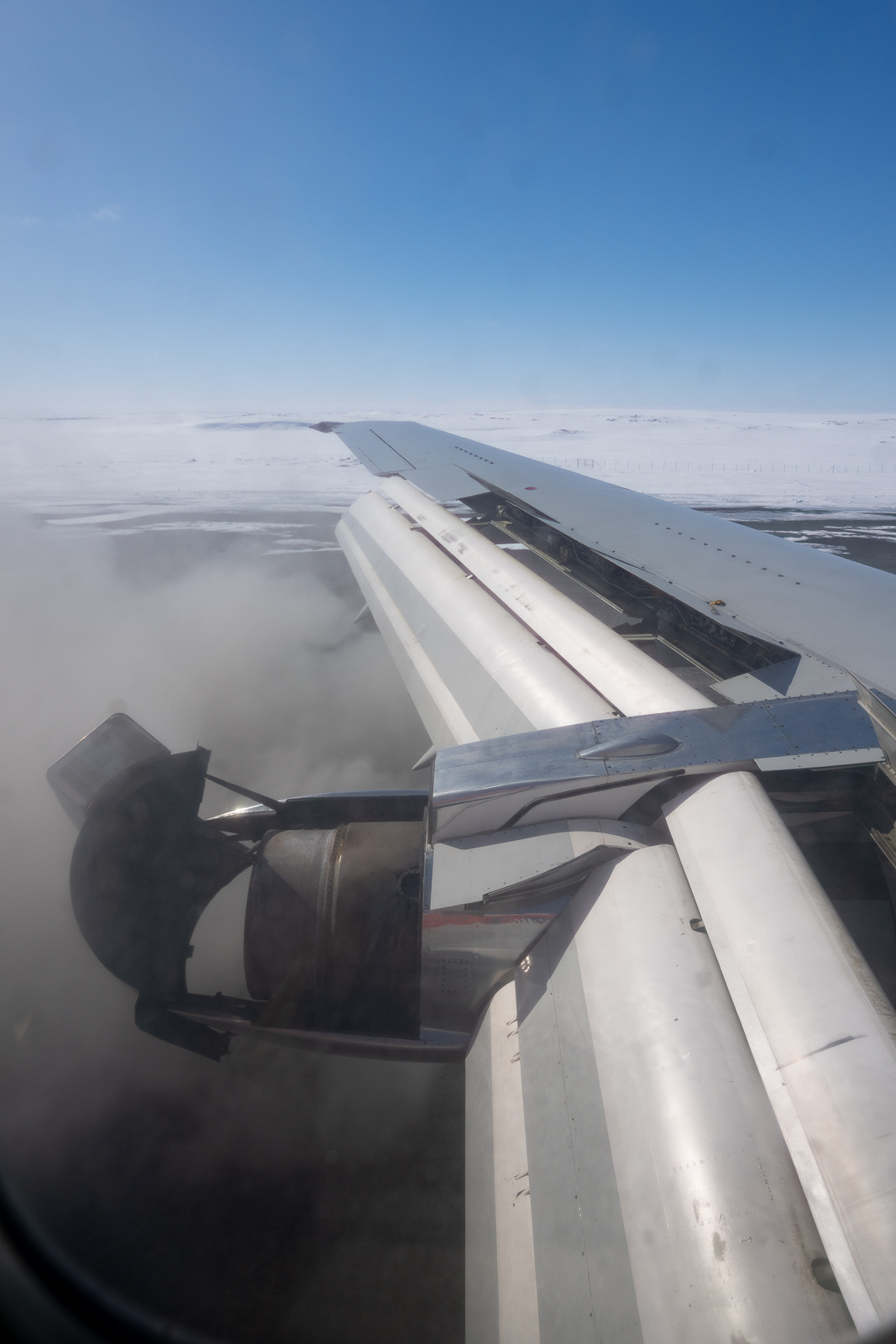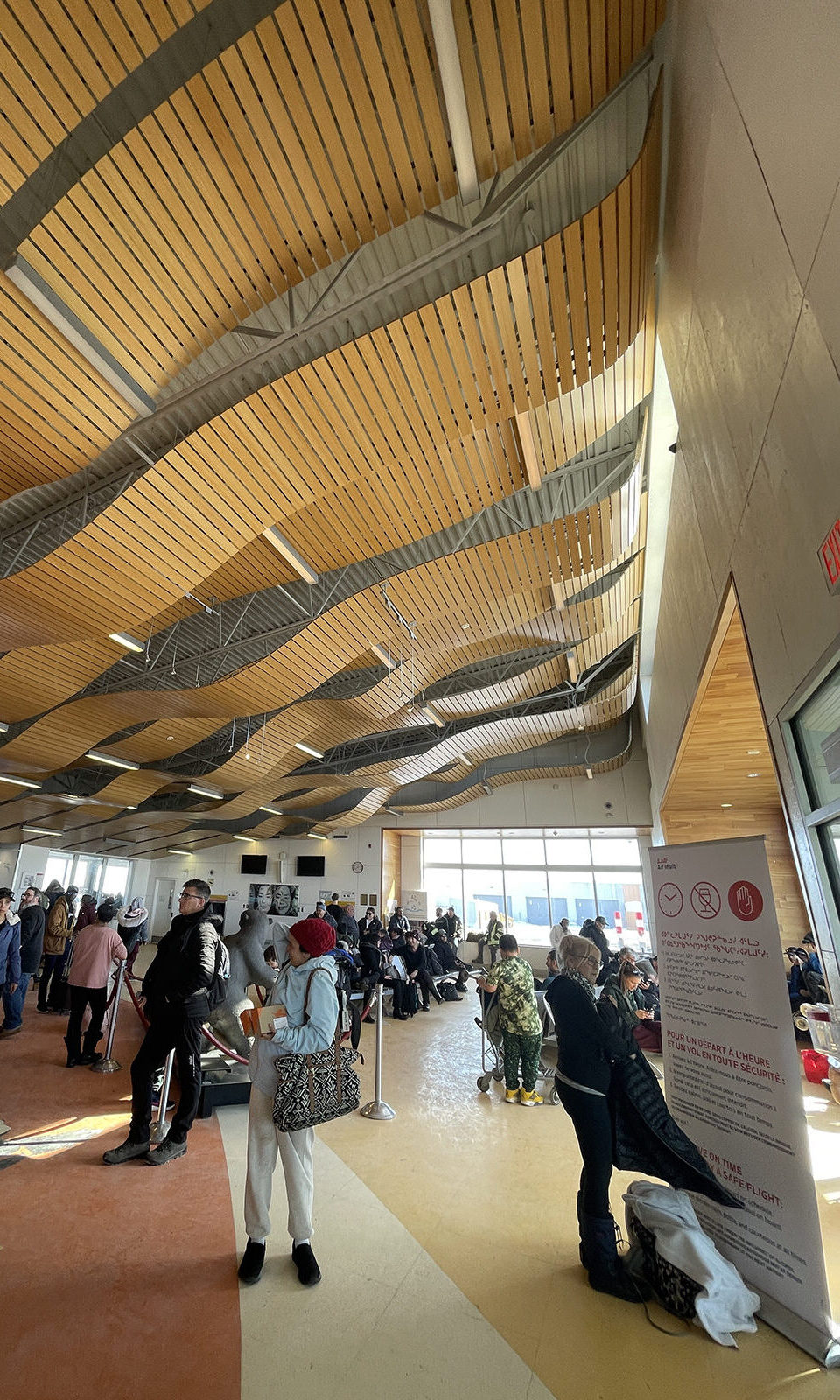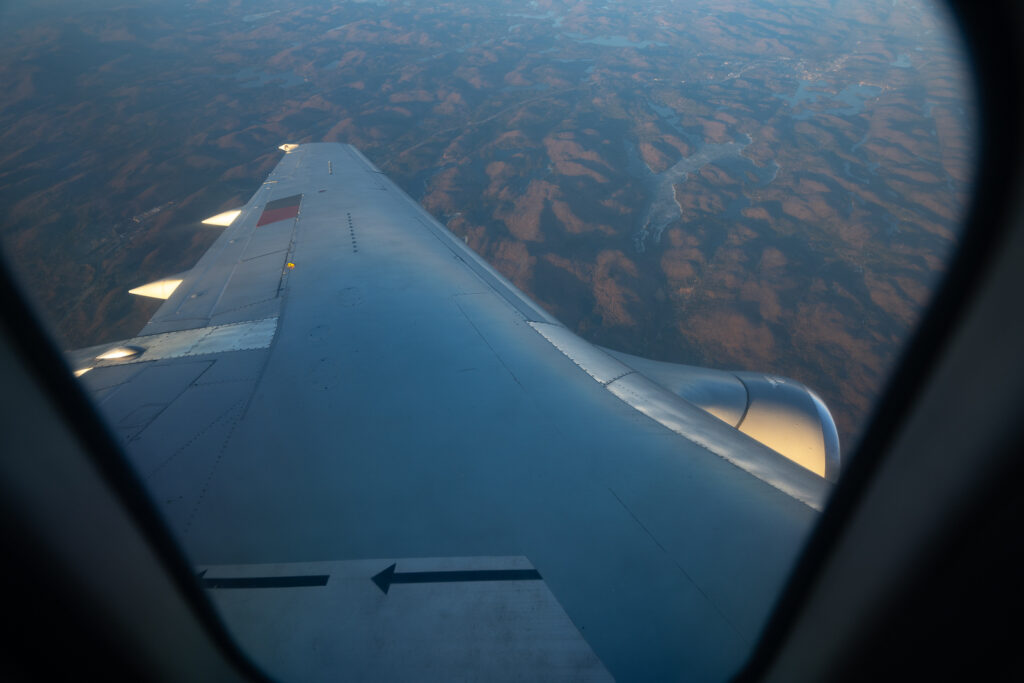When most people think of Quebec, their minds almost certainly goes to places like Montreal and Quebec City. But the vast majority of the province is a remote landscape stretching over 1,000 miles further north to some of the most isolated lands in the country.
For the people who live and work in these communities, air travel is a critical lifeline. There are few, if any, roads between many of the towns and villages dotting the landscape, and none connecting them to the bigger cities in the south like Montreal and Quebec. Everything, from people to potato chips, needs to be flown in.
Enter Air Inuit, an airline you probably haven’t heard of before. The Saint-Laurent, Quebec-based carrier serves twenty destinations throughout Quebec and Nunavut, most of them in these far-north regions. If you need to access any of these places, Air Inuit is often the only game in town.
For better or worse, they charge like it too. Flights north from Montreal frequently run $4,000CAD or more roundtrip. In fairness, tourism is rare, so folks either live there or work there. Employers often cover the cost of the trip, while residents receive steep discounts and subsidies.
As for me, my interest in Air Inuit lies in one of their airplanes. They are one of only a handful of airlines left in the world still operating scheduled Boeing 737-200 service. Even better, the aircraft is a combi, sharing the main deck with pallets of cargo and people. And even better than that, the -200 is the only airplane capable of landing on the extremely rare gravel runway that serves the village of Puvirnituq. It has several unique modifications for exactly that purpose.
The extremely high fares have kept me away, until a regional air access program through the government of Quebec brought prices down from $4,000 to $500CAD. Montreal-Puvirnituq is not on that list, but roundtrip to La Grande is. And outbound flights to La Grande make a stop in, you guessed it, Puvirnituq. I snapped up a ticket as fast as I could (YUL-YPX-YGL-YUL).
Fast-forward several weeks and I found myself at the check-in counter at Montreal on a gloomy Saturday morning. Full disclosure, I had reached out to the airline about some photo opportunities, and their VP of commercial met me and my two travel-mates (including RGN contributor Jason Rabinowitz), to square us away for the day. She also provided us with a small swag bag, a nice touch that is obviously not a normal part of the experience, and paper tickets for all three segments (also not typical).
The airline uses Montreal’s tiny satellite terminal, along with many of the other regional or smaller footprint airlines. Today’s aircraft was among the oldest in the fleet, a -200 combi first delivered in 1979. Several pallets were loaded onto the main deck of the jet ahead of boarding, which began on time.
Since cargo occupies the front half of the aircraft, boarding is accomplished via the jet’s built-in airstairs at the rear. The interior has ten rows in a standard 3-3 configuration to seat 60 people in total, though today’s count was closer to 40. The overhead bins are tiny and very retro, but I didn’t see much gate checking, which to be honest was rather surprising.Not long after, the jet was pushed back and before we knew it we were rocketing down the runway which turned out to be about as far as we’d make it. At some point during the takeoff roll, the pilots received a warning in the cockpit that warranted an aborted takeoff. We taxied back to the gate, deplaned, and then waited to see what would come next.
There was lots of tinkering with the engines, and the plane left and returned from the gate a few times to do some run-ups. Communication wasn’t the most frequent, and we noticed that the return leg had been listed as canceled a good thirty minutes before any announcement. This prompted a scramble to try to find out if the airplane would only go as far as La Grande, leaving us stuck there for the night. But all the worry came to naught as the entire trip was canceled four hours in.While disappointing, I’d rather deal with a problem on the ground versus in the air. Always.
Two hours in, Air Inuit provided everyone with a meal voucher valued at $27CAD each, and later hotel rooms and additional meal vouchers for the overnight. Folks with connections were rebooked first, followed by everyone else. It wasn’t the fastest process, with all of the vouchers being handwritten, but it worked.
Both of my travel mates were unable to accept the rebooking due to existing commitments, and were promised full refunds. Luckily I was able to stick with it.
The next morning was a more typical experience. A snaking line greeted me at check-in, but the desk was well staffed with four agents, so it moved quickly. This time, though, I could only get a ticket for the first two legs. I’d have to check in at La Grande for the flight back to Montreal later in the day.
Once again, I found myself in the satellite terminal, though it was a different gate than the first, with a jetbridge. It turns out that between today’s passenger complement and yesterday’s there were about 100 people making the trek north. One of the perks of the -200 combi is that the cabin is designed to be easily reconfigured. For this flight, technicians simply took the forward cargo cabin out and put in seats overnight. Though it was technically still a combi, it looked and felt exactly like a normal airplane.
Our boarding time came and went without any announcement, before finally beginning 30 minutes after we were scheduled to leave. Apparently the delay was due to catering. Boarding via jet bridge was a little faster than the airstairs, and we were soon on our way about an hour late.
This time the jet slipped the surly bonds of earth, rocketing (and I mean that, these old engines are so loud they triggered a noise warning on my Apple Watch on every takeoff) up over Montreal before turning north for the 2hr 20min flight to Puvirnituq.
The seats were the exact same as the day before; there were just more of them. Featuring deeper padding and leather (or pleather) covers, the seats are comfortable. I’d estimate pitch is roughly 32”, which is above average.
The seats also recline generously, on par with many domestic first class products. The downside is that once the passenger ahead of you uses the recline mechanism, the seatback is suddenly very much up in your space. It was hard to exit the row without asking them to adjust forward a bit.
Partially into the flight, a meal service began. A choice between a cold meal (salmon) and a hot breakfast burrito was offered and I chose the latter. The egg and pepper burrito was so-so, as were the tater tots and sausage.
But the sides were all quite good, especially the banana bread. The drinks cart offered a variety of teas, coffee and soda, and cabin crew members made repeated trips through the cabin. There is no alcohol, which is heavily regulated in many of the northern regions.
For an AvGeek, the best inflight entertainment is watching the retro wing design and those JT8D engines do their thing. For everyone else, the airline partners with Bluebox to deploy stream-to-device content.
A small selection of movies and TV shows were available on my flight, along with kids’ shows and a section devoted entirely to indigenous documentaries. The system performed well with no hiccups or lags. The only note I have is that it would be nice to have the documentaries subtitled in other languages.
Beyond that there aren’t many PaxEx bells and whistles on board. There’s no inflight Internet and no power outlets so I was glad I brought a portable power bank along. There is an inflight magazine, which I read cover to cover. Every article is in Nunavimmiutitut, French and English.
There are two lavatories (only one when shared with cargo), and neither had running water in the sink. Instead the bowl is filled with sani-wipes. It’s functional, not unlike other parts of the interior.
Before long it was time to land in Puvirnituq. Despite being a gravel runway, there wasn’t much difference in feel versus a normal paved one. The main difference is visual, in that you can see a bunch of dust and debris kicking up behind the engine.The stopover lasts about an hour, enough time for everyone to deplane via the rear airstairs, gas-up, and board, whether continuing onward to La Grande or starting their journey from Puvirnituq. The terminal here is small, and there’s no security, making the process extra quick.The airport also functions as a mini hub to other villages in the area. A pair of Dash 8-300 turboprops came and went, while a Twin Otter freighter sat in wait on a ramp nearby. The airline’s dedicated 737-200 freighter also showed up, apparently carrying both today’s and yesterday’s cargo into town.
Before we knew it, we were back in the air and headed south. The short hop to La Grande is roughly an hour in flight time, and the experience is about the same as the first flight. This time the meal service was replaced with snacks and a few rounds of beverages. The cabin was nearly full.La Grande’s terminal isn’t much to see either, but the airport is noticeably larger (though not as nice). Much like the prior stop, everyone has to deplane and wait in the terminal. But unlike the prior stop, everyone also has to collect their checked bags too. Everything goes through a single security line, with checked bags rechecked after being cleared. In my case I had to check-in as well. Luckily they knew I was coming, and squared me away in under a minute.
That single security line slowed us down a bit more, departing La Grande over an hour late (not that I had anywhere to be). For the final leg I sat in the very last row, which I can only describe as painfully loud.
Another meal service arrived, with a hot, cold, and vegetarian option. I went veggie this time, and was glad I did. The quinoa salad with vegetables and feta cheese was fresh and tasty. I also sampled a few of the Inuit teas on board, my favorite being a crushed juniper flavor.
We landed in Montreal right around sunset, making up some time en route to finish the day an hour behind.
For the AvGeek in me, it was an incredible experience. The last time I flew on a 737-200 was over twenty years ago, and it was worth the wait to do it one more time. To add landing on gravel to the list was a great bonus. If you want to fly a -200, there is no better way to do it for the foreseeable future.
For the reviewer in me, I thought Air Inuit was solid, with full meals, functional wireless IFE on 40-plus year old airplanes, and comfortable seating. Of course the first attempt didn’t go as planned, but the airline handled it well.
It was notable that, in talking to some of the also-stranded passengers the next day, they all thought Air Inuit addressed the cancellation much better than Air Canada or Flair would.
All in all, I had a great experience with Air Inuit.
Related Articles:
All images credited to the author, Jeremy Dwyer-Lindgren


